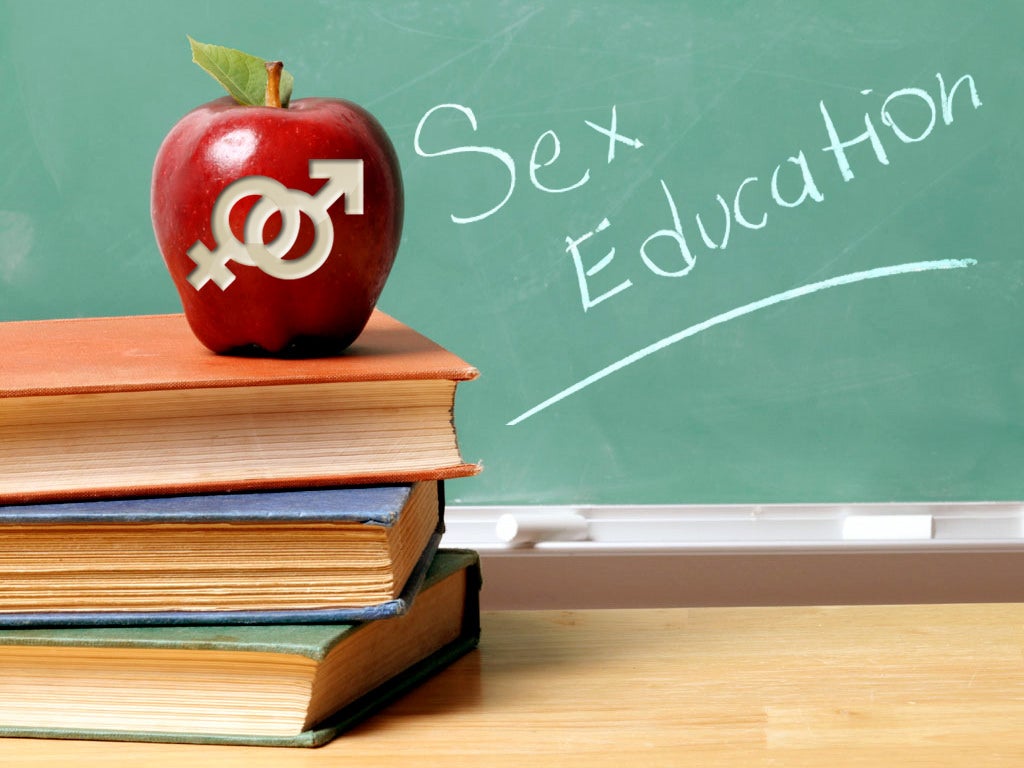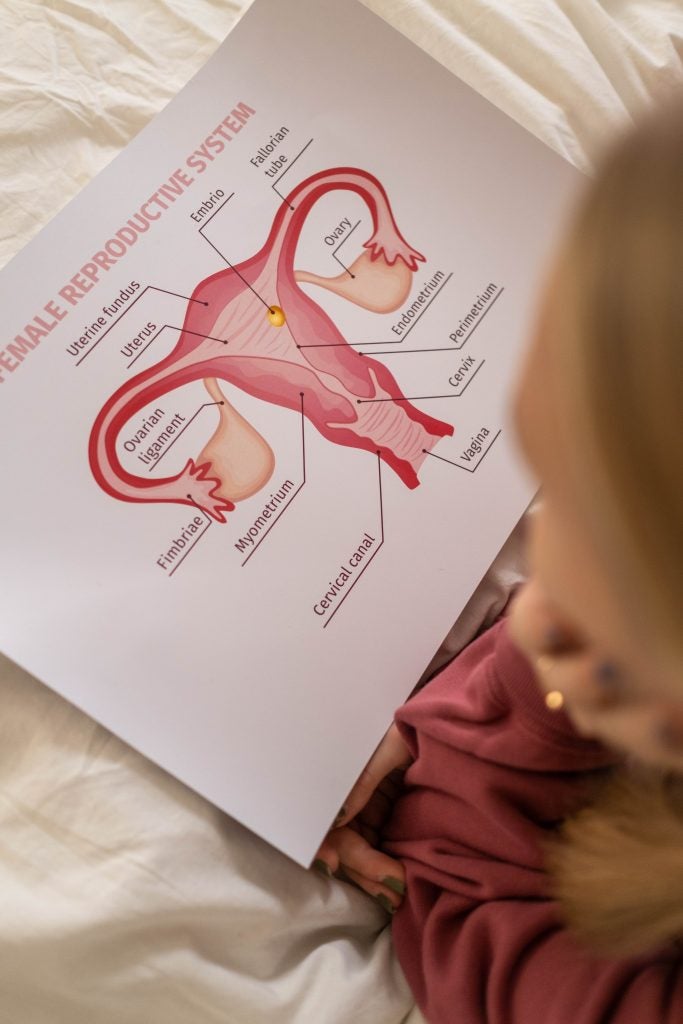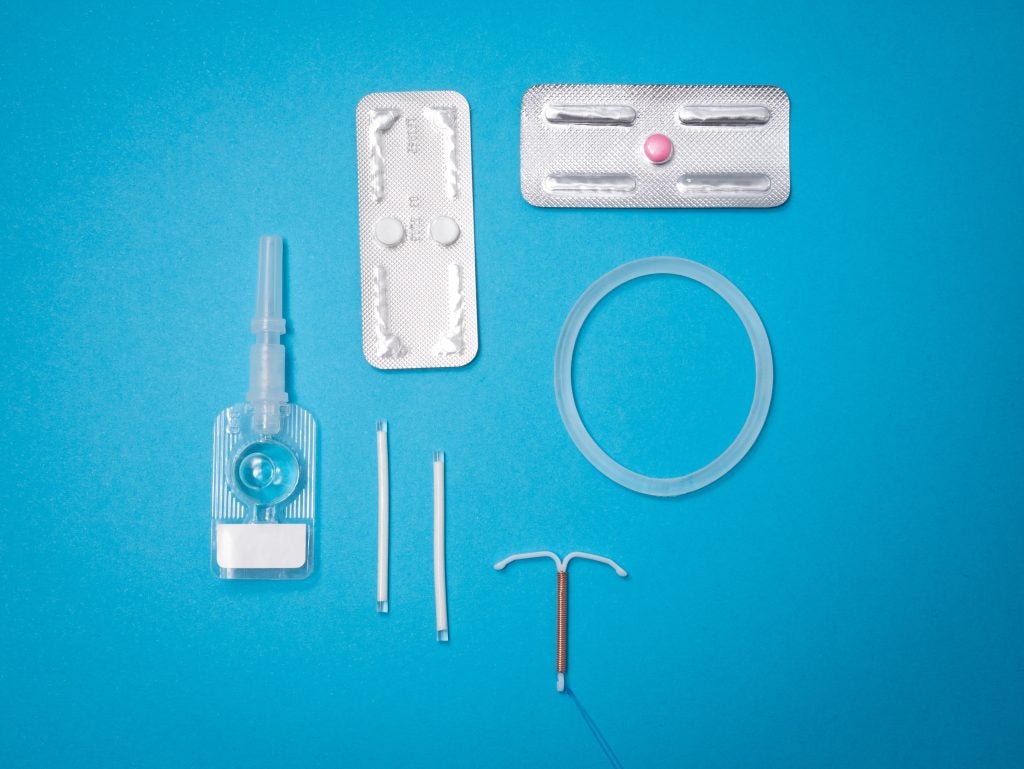
Welcome, sexual health educators! We would first like to thank you for your contribution towards a happier and healthier future for each of your students. Comprehensive sex education is critical, and as an educator you directly affect the lives of all those you teach and all of their future sexual partners.
Whether you are just starting out as a sexual health educator or you are a seasoned teacher who has been doing this for years, we would like to offer you a variety of resources to help refresh both your memory and your teaching. This information can also be beneficial for parents who are nervous about approaching the topic of sex with their children.
Table of Contents
The Importance of Sex Education
Sexuality is an inherent part of every individual’s identity. In order to become healthy adults, students should learn about sexuality and sexual health throughout their young lives. Although comprehensive sex education is preferred and has been proven to be more effective, abstinence-only programs are the most common type of sex education taught across the United States. Abstinence-only programs carry a multitude of issues, including containing misleading or inaccurate information, an increased risk of teen pregnancy, and higher rates of sexually transmitted infections (STIs) among students. Non-comprehensive sex education programs simply cover basic sexual behaviors (e.g. sexual intercourse, pregnancy, etc.) and do not teach many other topics related to sexuality. Today’s students are looking for more information about consent, relationships, contraception, sexual identity and orientation, pleasure, sexually transmitted infections, body image, and more. The goal of comprehensive sex education (beginning in kindergarten and continuing throughout high school) is to promote safe sexual practices and the overall well-being in a way that is age appropriate.1
Comprehensive sexuality should also be taught at a younger age. Girls are reaching puberty shockingly early: breast development that was once typical of 11-year olds is now being seen in 7-year olds.2 For the past two decades, scientists have been working to find out why puberty is beginning at such a young age, and childhood obesity seems to play a large part in the change.2 Regardless of the cause of early puberty, children would benefit from a change in the sex education system. In most schools, sex education programs do not cover body maturation until 5th grade—when children are about 10 or 11 years old.2 A comprehensive sex education program beginning as early as age 8 and as late as age 10 would help children to understand their bodies’ changes.
Common Topics for High Schoolers
While sex education is an ongoing process that ideally occurs throughout a young person’s life, the following topics are essential pillars in comprehensive sex education that are particularly important in high school. These topics, along with topics from other reliable sources, can be modified at your own discretion to be appropriate for younger age groups.
Anatomy

To provide a foundation for learning about sexual health, you might want to start with anatomy. Teaching students the scientific terms for the specific parts of genitalia can decrease stigma and awkwardness in the classroom by providing specialized, commonly understood, and medically accurate language to be used during discussion. Using scientific language can ensure that everyone is on the same page! Additionally, familiarity with male and female anatomy can help students learn more about their bodies and how they function. If students understand what “normal” and healthy genitalia look like they can know when to see a doctor and when to get tested for STIs if something does not look right. Familiarity with one’s own genital anatomy can also help students figure out what feels the best to them and foster stronger and clearer communication between sexual partners.
Sexually Transmitted Infections
Young people, in the 15-24 age group, account for about half of all new STIs, so STI information is crucial to the wellbeing of your students.3 Feelings of fear and uncertainty can often surround STIs, but being informed with scientific facts will hopefully lessen the worries of your students. Rather than using STIs to discourage sexual activity, encourage your students to protect themselves by having safe sex. Students should know the symptoms of STIs, when and how to get tested, and how to discuss STIs with sexual partners. If there are clinics in your area that offer free STI testing, or even free condoms, be sure to share that valuable information with your students.
Contraception
Preventing unwanted teenage pregnancy is a major goal of sex education, and informing students of the wide variety of contraceptives available is key to its success. From abstinence, to the pill, to the IUD, there are many options for protection that can appeal to the diverse needs of your students. However, it is important to note that the male and female condom are the only forms of contraception to provide significant protection against STIs. Encourage your students to “double up,” and ensure that they are guarding themselves from both STIs and pregnancy. This can be done using the combination pill, and a male condom in tandem, for example. Compare different birth control methods with your students by presenting the varying effectiveness rates, and the potential advantages and disadvantages of each method.

Some clinics provide free or low cost birth control, and in some places, such as California, they will provide certain contraceptive methods to minors without requiring parental consent. Considering that students may not want to, or may not be able to, ask their parents for assistance in acquiring birth control, it is important to know the policies in your area. Let your students know what their options regarding contraception are, and encourage them to take advantage of any resources that may be available to them.
Inclusive Sex Education
In order to reach a diverse population of students, it is important for educators to make their lesson plans all-inclusive. Most sexual education programs are heteronormative which means that they are centered around heterosexual experiences and behaviors. This approach omits important information for any students who are not strictly “straight.” It is important to express that sex is not exclusively penile-vaginal penetration, and it is crucial to inform students how to protect themselves during all sexual encounters. Students should know the various risks associated with sexual acts outside of coitus, such as contracting STIs. For example, anal sex is one of the riskiest forms of sexual activity, and a male gay student should be aware of increased STI transmission rates and the importance of condom use. However, it is important not to “call out” presumably gay or gender-nonconforming students in the classroom. They deserve the same respect, courtesy, and treatment as all of your “straight” and/or “cisgender” students, although there are certain considerations to keep in mind for these marginalized groups.
There are special concerns for the LGBTQ+ population, as they face discrimination all over the world. Although there are varying degrees of intolerance between cultures, lack of accurate sexual health information for these students is a problem almost everywhere, even in the United States where only 19% of secondary schools provide curricula or supplementary sex education materials that are LGBTQ-inclusive.4 Ensuring that your sexual education course is all-inclusive and contains relevant information for all sexualities and gender identities can help decrease the disproportionate risk of STIs and unwanted pregnancies in the LGBTQ+ community.
Concluding Remarks
The valuable lessons you teach your students about their sexual health are lifelong and will guide them on a path towards healthy and happy relationships. Remember that sex and sexuality are sensitive and sometimes awkward topics, and there are certain Do’s and Don’ts to keep in mind. Also, remember that students can be empowered to make informed decisions after completing a comprehensive sex education course. If you are not sure where to start, try an icebreaker or check out our SexInfo Lesson Plan! There is an extensive database of information on our site about all things sex-related, and we encourage you to use the website or our Ask the Sexperts feature to answer any questions or concerns you may have.
References:
- Planned Parenthood. “What Is Sex Education? | Sex Ed Definition and QA.” Planned Parenthood. Date Accessed: 4 Feb 2019.
- Maron, Dina Fine. “Early Puberty: Causes and Effects.” Scientific American, Scientific American, 1 May 2015, Date Accessed: 4 Feb 2019.
- CDC. “Adolescents and Young Adults | Prevention | STDs | CDC.” Centers for Disease Control and Prevention, Centers for Disease Control and Prevention, 7 Dec. 2017, Date Accessed: 4 Feb 2019.
- Halloran, Liz. “Lack of Comprehensive Sex Education Putting LGBTQ Youth at Risk.” Human Rights Campaign, Human Rights Campaign, 2 Dec. 2015, Date Accessed: 4 Feb 2019.
Last updated: 9 February 2019.
